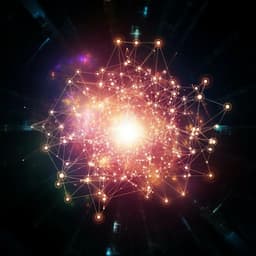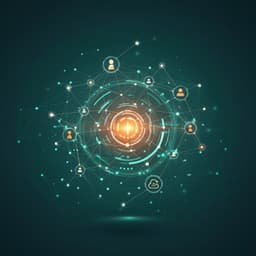
The Arts
Exploring how a Generative AI interprets music
G. Barenboim, L. D. Debbio, et al.
Discover how Google's MusicVAE interprets music, revealing fascinating insights into 'music neurons' and how they distinguish elements like pitch, rhythm, and melody. This groundbreaking research was conducted by Gabriela Barenboim, Luigi Del Debbio, Johannes Hirn, and Verónica Sanz.
Playback language: English
Related Publications
Explore these studies to deepen your understanding of the subject.







